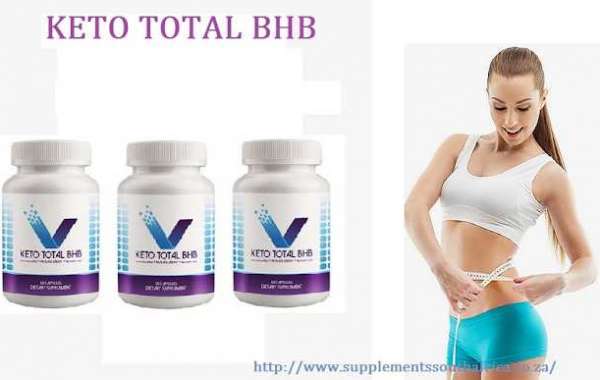Sober living houses are housing communities that are designed to help those recovering from substance abuse live in a sober lifestyle. These houses provide safe, structured, and supportive living environments. They serve as a transitional environment from a rehab program to mainstream society. Sober living houses help people transition back into society after rehab.
Inpatient rehab
Inpatient rehab is a more expensive option than outpatient rehab, but it includes housing, food, and other living expenses. In many states, the 2010 Affordable Care Act can help those who are struggling financially to pay for treatment. However, specific benefits may vary by state and health plan. Unlike an outpatient program, inpatient rehab works to treat the root cause of addiction rather than fixing the symptoms. It also prepares individuals for life after treatment, helping them cope with their new lifestyle. Many programs also help with housing and job placement.
An inpatient treatment facility is staffed by trained medical, psychiatric, and spiritual professionals. They provide comprehensive medical and psychological care to help their clients overcome addiction. Some programs also include nutrition and wellness services and recreational activities. Patients may need to take time off from their normal lives to attend an inpatient program.
After leaving an inpatient rehab, people often find it difficult to transition back to a normal life. Leaving the familiar environment can be difficult, and there may be numerous triggers waiting for recovering addicts. Sober living homes help ease the transition. The sober environment encourages accountability, commitment, and interdependence.
A sober living home can provide a safe, stable living environment for recovering addicts. The home's staff oversees residents and provides regular drug testing to ensure compliance with rules. Additionally, residents are required to pay rent and adhere to house rules. The sober living environment also gives people time to reintegrate and get their lives back on track.
A sober living home may require prior completion of a rehab program before accepting a resident. However, many sober living homes accept people in the early stages of a rehab program. The residents must be willing to adhere to house rules in order to gain admission. It is important to make sure that the person has undergone a detox program before moving into a sober living facility to ensure medical stability and prevent acute illness.
Oftentimes, insurance covers some or all of the services provided by a sober living home. The amount of coverage varies by insurer, so you should check with your insurance company before enrolling. However, you must be aware of any co-payments that you might have to make.
Sober living homes are an excellent option for recovering addicts. They provide a sober environment and peer support. Afterwards, a sober living home is a safe place to resume daily activities. The benefits of such a home include the ability to live on your own, and the ability to meet people again.
After an inpatient rehab, sober living homes are often a good option for long-term sober living. In these homes, a person can learn to live without alcohol or drugs. While they are less regimented than an inpatient treatment facility, they still offer a supportive and comfortable environment for recovering addicts. The residents are often expected to attend 12-step meetings and do chores around the house. They also have a curfew to be home at a certain time each night.
A sober living home can cost as little as $400 to $700 per month. However, it is essential that residents pay their rent on time. While there are some downsides to sober living, it is still a better option than living in an unhealthy environment. Sober living homes have a low relapse rate.
Inpatient rehab for sober living programs in New York can be a great option for people with limited or no private health insurance. These programs are typically less expensive, but many private insurers are notorious for denials and only approve short-term stays or low-level care. These insurers want to save money, and they don't want to cover a long-term stay at a sober living center.
Although inpatient rehab is usually the best option, sober living is more flexible. Most sober houses are residential rather than clinical, and they encourage residents to exercise more independence in their daily life. However, most recovery professionals still recommend inpatient rehab before sober living. The benefits of sober living include more accountability and increased freedom.







